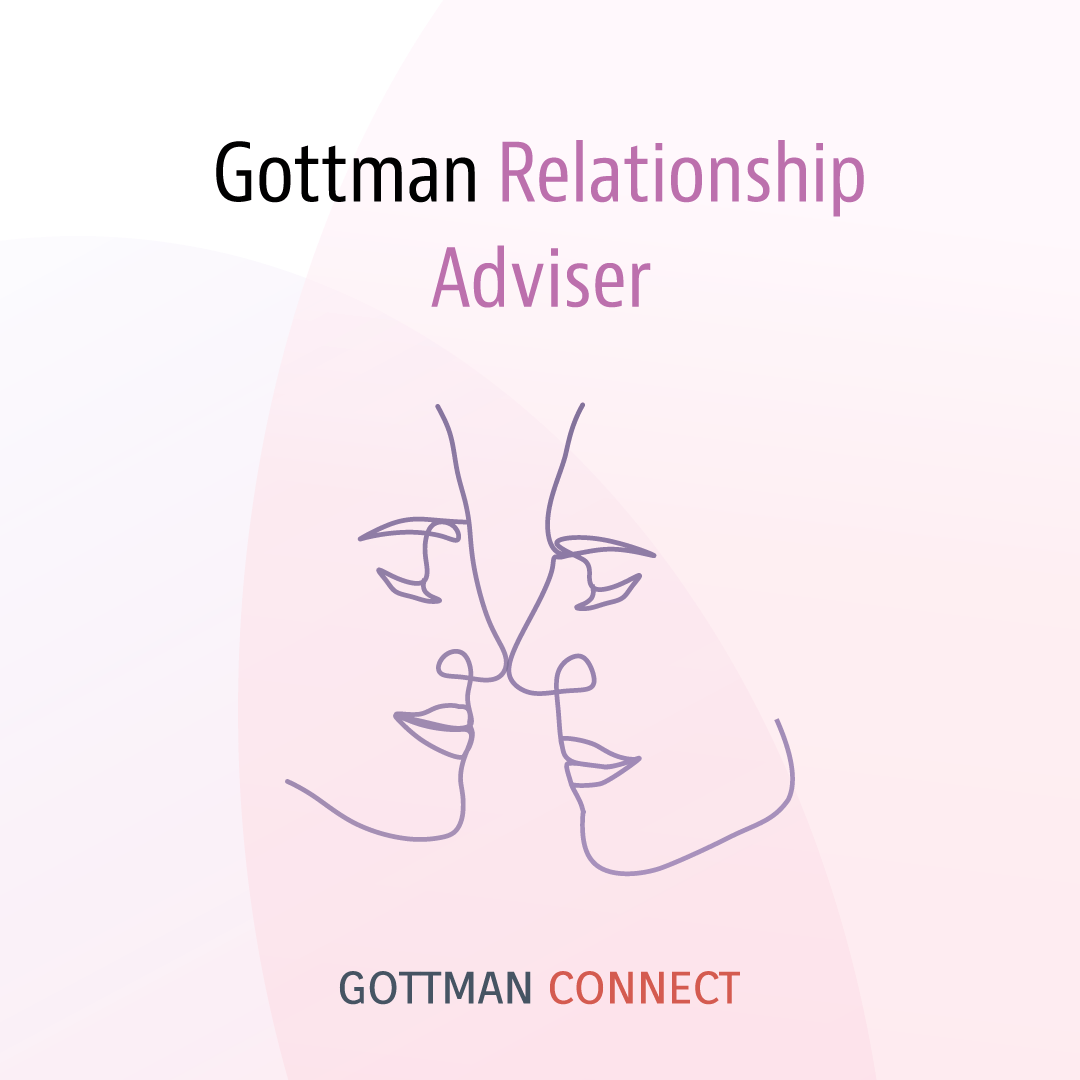What determines how children turn out? This is the question on every parent’s mind. What can we do to give our children the best start in life and to ensure that they grow into kind, intelligent, and happy people? As parents, we all want to raise kids who:
- Are compassionate
- Treat others well
- Are confident
- Think for themselves
- Have good values
- Are proud but not arrogant
- Value themselves and their abilities
- Have morals we respect and admire
Interestingly, world-renowned relationship researchers Drs. John and Julie Gottman have determined two predictors for how children turn out.
1. Emotion regulation: The ability to understand and manage feelings
2. Social relationships: How children get along with adults and other children
Unfortunately, very few parenting resources discuss these two predictors. Most parenting resources focus only on discipline, and that alone does not help parents reach these goals. Realizing that parenting is about so much more than a discipline method – that a big part of good parenting is teaching children emotion regulation – I turned to the Gottmans’ Emotion Coaching: The Heart of Parenting video program.
Dr. John Gottman says that parents cannot accomplish all of these goals with discipline alone, and that this is instead accomplished through what Dr. Julie Gottman calls “Magic Moments.” These are moments of connecting with children when they are emotional. It is through connecting during Magic Moments that parents can really influence how children feel about themselves and about the world. How we connect during those moments is dependent upon our own “meta-emotions,” which is how we feel about feelings, and of course, how we feel about feelings is a direct result of how we were treated in childhood when we showed emotions!
In general, the Gottmans discovered that there are 2 types of parents when it comes to meta-emotions.
1. Dismissing/disapproving parents who see sadness and anger as though they are harmful poisons. These parents will do anything to change the child’s emotion to a positive one, feeling that anything other than a happy child is an indication that they are a failure as a parent. They says these parents view emotions as if they were a piece of clothing that you can choose to put on or take off.
2. Emotion coaches are parents who view emotions as an opportunity to connect and teach. These parents, Dr. John Gottman says, notice lower intensity emotion in their children as well as in themselves. They meet all emotion first with understanding and empathy, and then these parents set limits or problem-solve, depending upon whether misbehavior was connected to the emotion.
In the Emotion Coaching program, the Gottmans outline the benefits of having at least one emotion coaching parent. These children:
- Have higher achievement
- Have fewer infectious illness
- Have better impulse control and delayed gratification
- Require less discipline
- Whine less
- Are buffered from most negative effects of divorce
How to be an Emotion Coach:
1. Help children verbally label their emotions. To be able to regulate emotions, children must understand them – what they feel like, what brings them on, and what to do when they feel them.
2. Validate and accept all of your child’s emotions, and communicate your values on behavior. This means, for example, that feeling angry is acceptable, but hitting when you’re angry is not. It’s important to empathize with the child even when misbehavior has occurred. This shows that you understand what the child is feeling, and remember that this is part of that “Magic Moment” where you are connecting with the child during an emotion. Correcting behavior alone – discipline – may result in a compliant child, but all of those other parenting goals we have only get accomplished through our connection to the child in those moments.
3. Set limits when there is misbehavior. Accepting your child’s feelings does not imply accepting their behavior. Do this by communicating your feelings about the action, not about their character. State what is acceptable and unacceptable, give a reason for the limit setting, and emphasize the specific positive behaviors that are needed, rather than only stating the negative behavior. For example, “I understand that you are angry, but I won’t let you hit. Come sit by me. When you’re angry, you need to take deep breaths or walk away.” When problem-solving, remember that there are two sets of goals, yours and your child’s, and work to find a solution that meets both sets of goals.
I have done the steps above for years, and it has worked very well, so I thought I was doing a good job at teaching my children emotional intelligence. The Emotion Coaching program presented many ideas that I wasn’t aware of, such as meta-emotions, which were really very eye-opening. I like that the program has exercises, and I really like the Emotion Coaching Card Deck. I can pull out one of these inspirational cards and use the ideas to help me connect with my children. I highly recommend this series to everyone!










